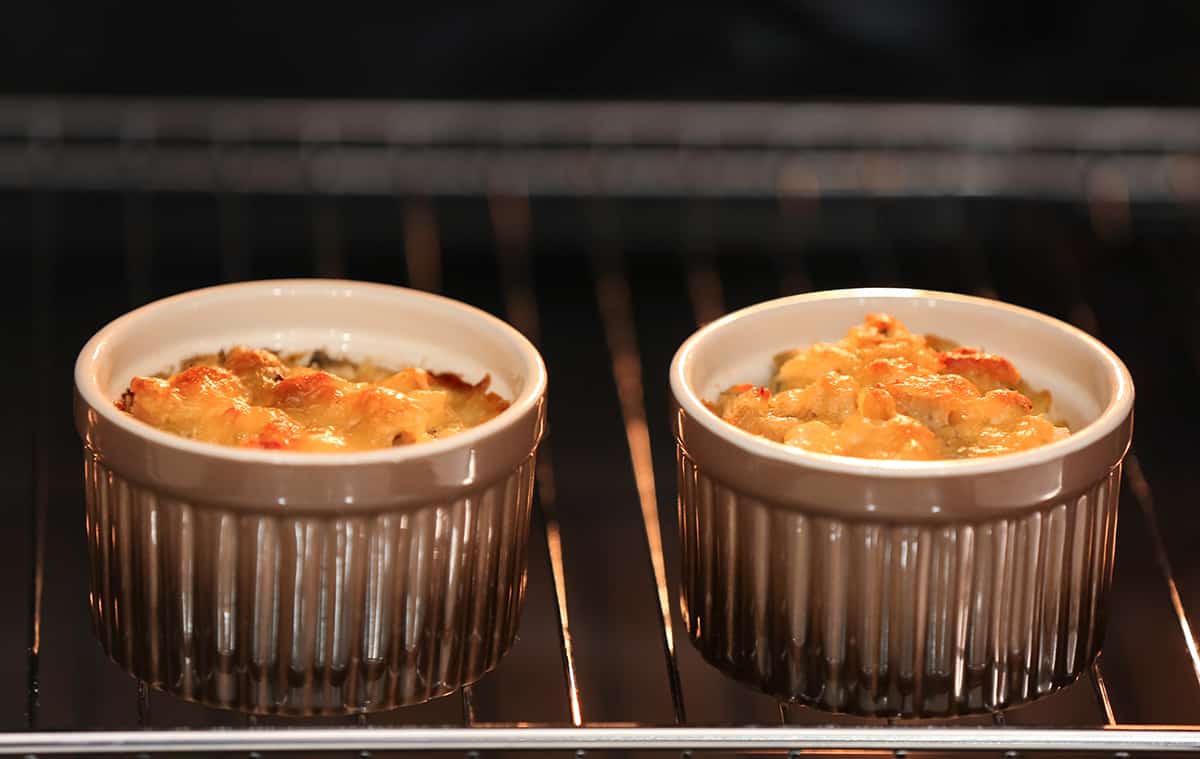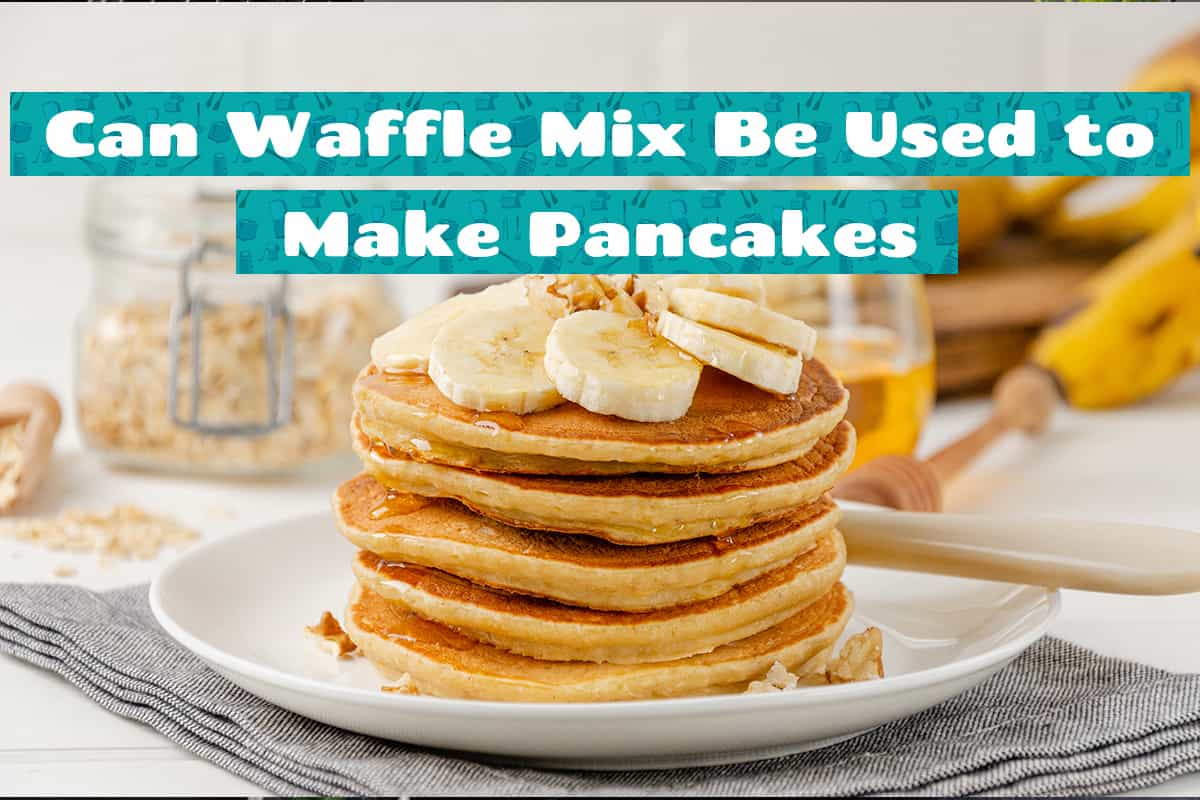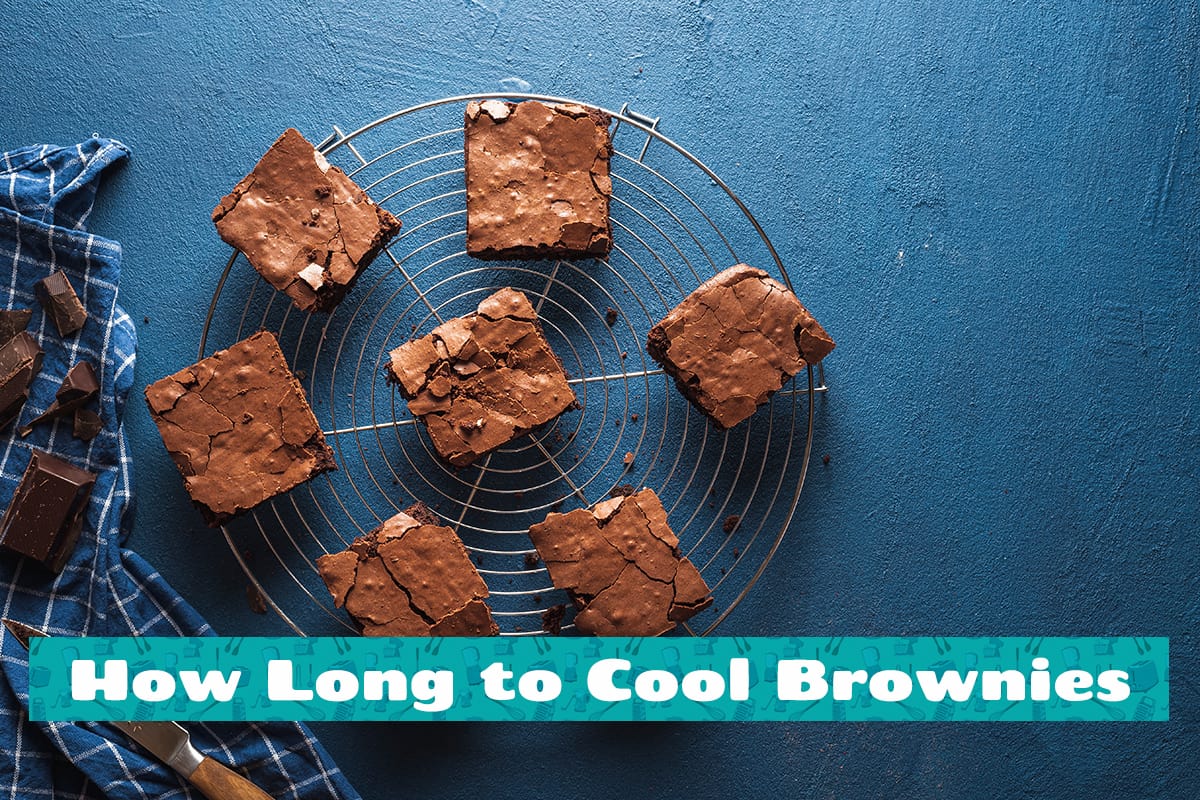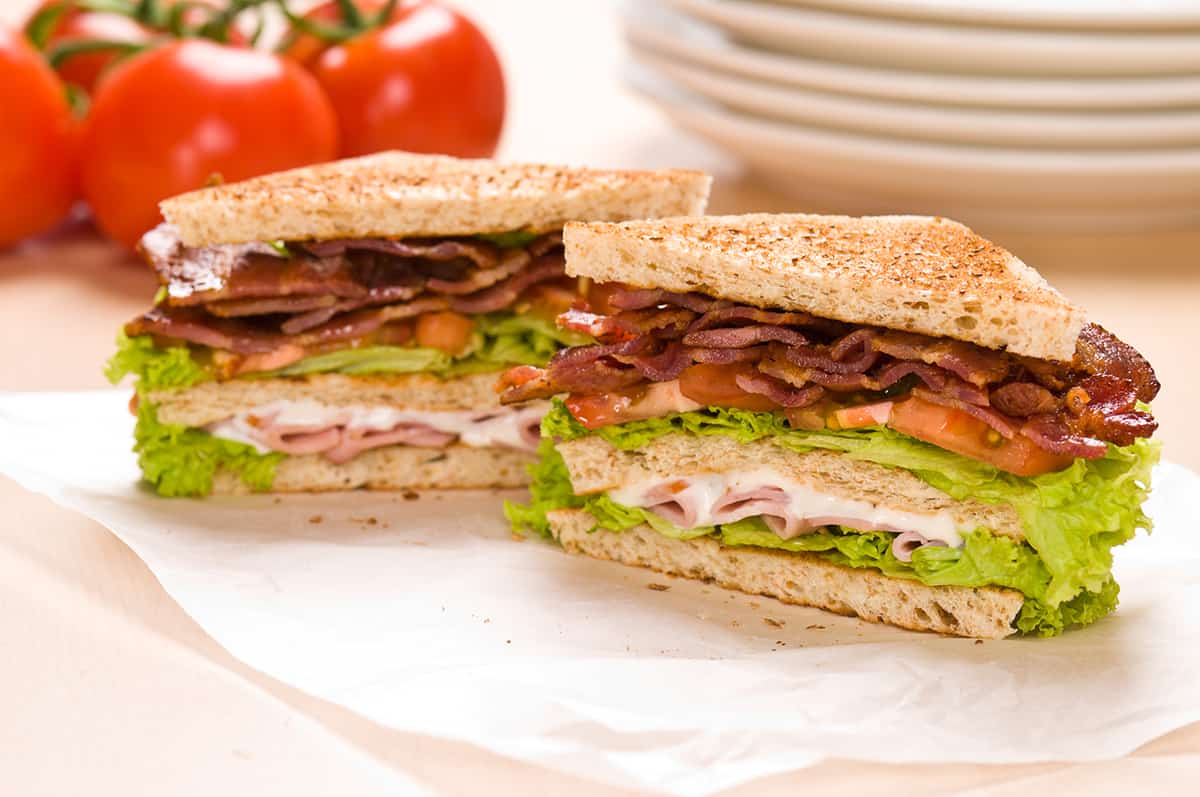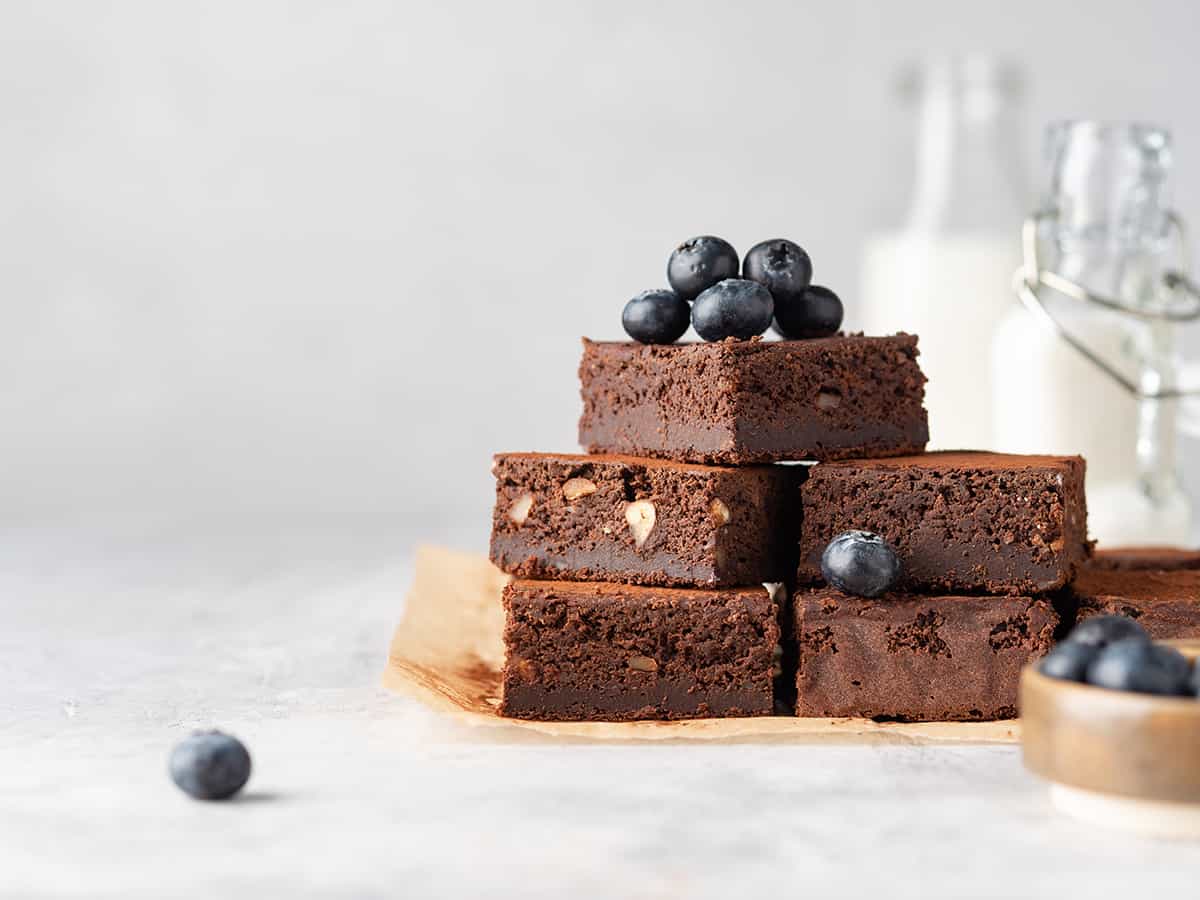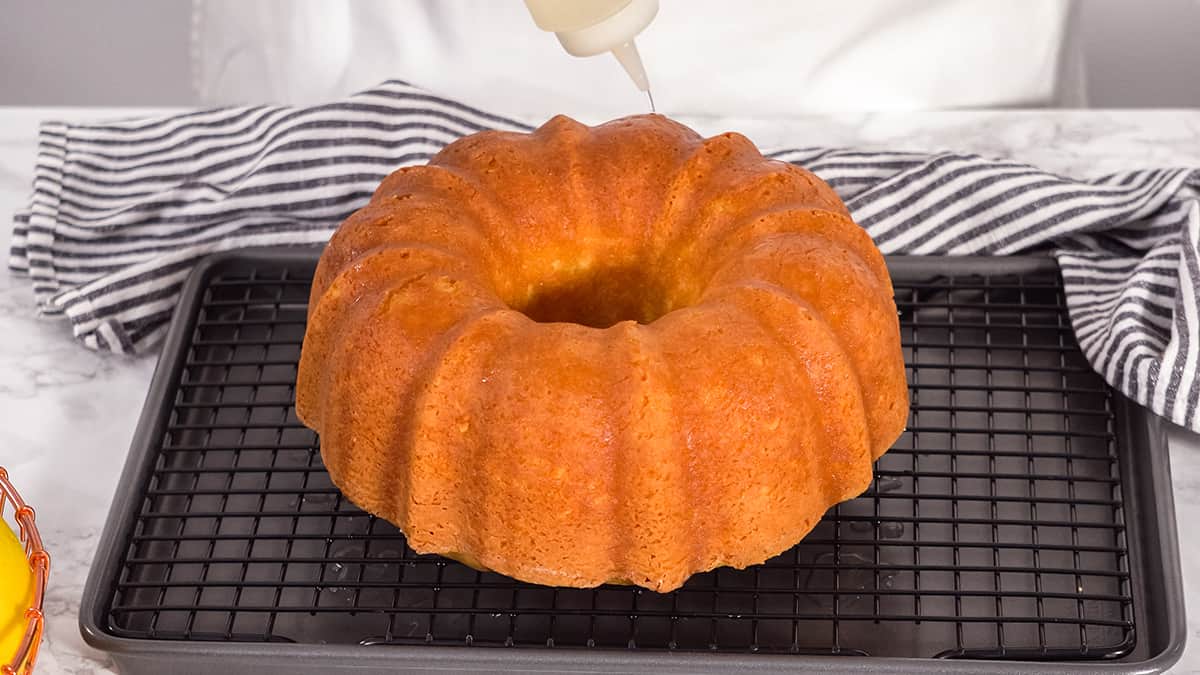Ramekins are a type of ceramic dish that can be used for lots of cooking and baking. They’re small, usually meant for individual servings, and often used for making desserts like creme brulee, souffle, and pot pies.
Most commonly, the dish is made from oven-safe materials like ceramic or glass — but no two ramekins are exactly alike! Some older ramekins might have been made using materials that aren’t safe in the oven. So today, we’ll cover whether you can use your ramekins in the oven or on a stovetop.
Ramekins are small, oven-safe dishes that can be used for many things. They range in size from around 3 ounces to 12 ounces. From serving dips and sauces to making individual desserts, the uses of ramekins are endless. But one question a lot of people have is whether or not they’re safe to use in the oven.
The answer is yes! Ramekins are completely oven-safe as long as you follow these rules:
- Never put your ramekins directly on an open flame or stovetop burner. You should always use a trivet when placing your ramekin directly over something hot (like the heat source on your stove).
- Never fill a hot dish with cold liquid straight out of the fridge—this can cause cracks due to rapid temperature changes between hot and cold liquids moving around inside the dish during heating/cooling cycles
How to protect your ramekin in the oven
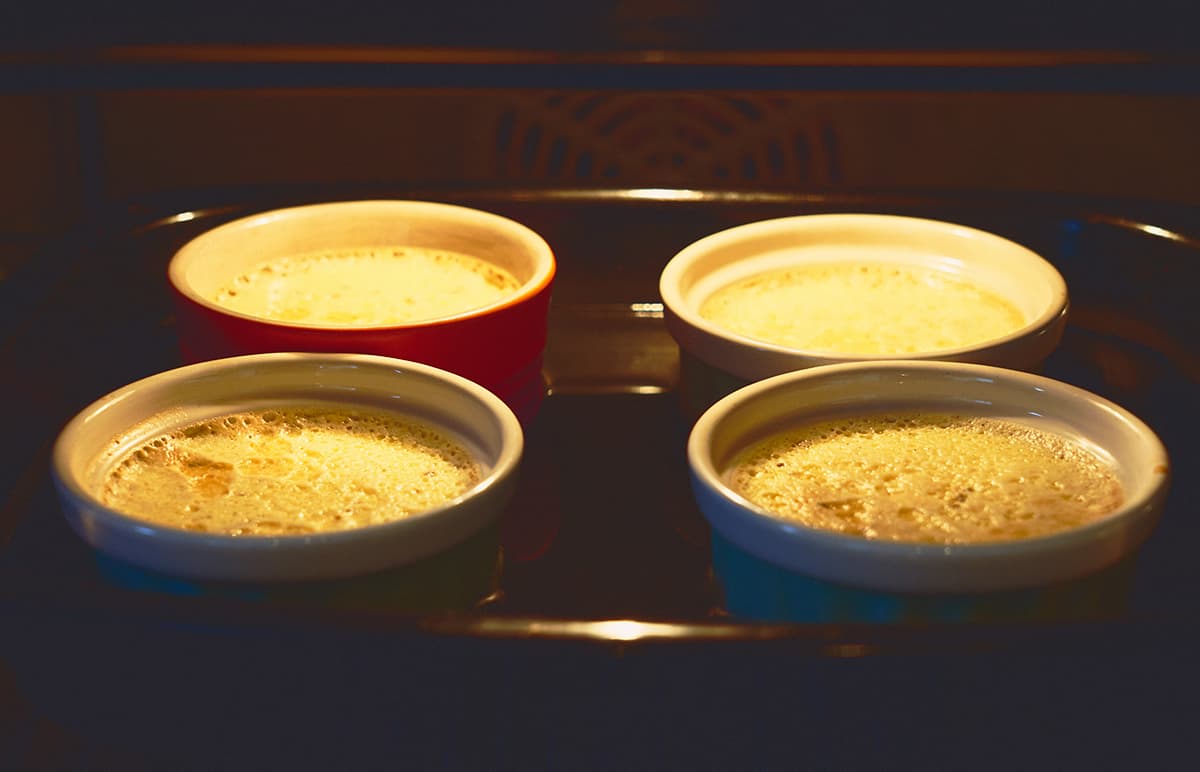
Before you put a ramekin in the oven, make sure it’s made from heat-resistant glass. Some types of glass can withstand temperatures up to 500 degrees Fahrenheit, but most will only tolerate about 350 degrees before they begin to crack or melt.
If you have a set of ramekins that are not made from heat-resistant glass and want to use them in your oven, follow these steps:
- Use nonstick cooking spray on the inside of each dish and set aside until needed
- Preheat your oven to 350 degrees Fahrenheit (176 Celsius) and place an empty baking sheet on the middle rack while you wait for it to reach temperature
- Once your baking sheet is hot and ready for use, carefully remove 1 ramekin at a time from its box/container, being careful not to spill any liquid contents over onto other surfaces near where you stand during this process because some types could reach temperatures above 450 degrees Fahrenheit which would cause severe damage if spilled onto something else like wood floors or carpeting!
Most ramekins aren’t made with heat-tolerant glass or ceramics like Pyrex; they’re usually made with porcelain or melamine.
Porcelain and melamine are both strong and durable materials, but they can crack if you put them directly on an extremely hot surface without first preheating the pan. If you want to get the best results from your cooking experience and prevent damage to your dishware, here’s what you need to know about using Ramekins in the oven:
However, porcelain and melamine can withstand temperatures up to 350°F. There are some ramekins that are made with heat-proof glass, so they can tolerate much higher temperatures up to 450°F, making them great for baking casseroles and other dishes that require longer baking times at higher temperatures.
According to the experts at Cook’s Illustrated, ramekins are generally oven-safe up to 350°F, but you should always check the manufacturer’s recommendations before putting them in your oven. Most ramekins aren’t made with heat-tolerant glass or ceramics like Pyrex; they’re usually made with porcelain or melamine. These materials can withstand temperatures up to 450°F, making them great for baking casseroles and other dishes that require longer baking times at higher temperatures.
However, these materials are still delicate—and they aren’t indestructible by any means! The key is knowing how much heat they can tolerate and then taking precautions beforehand, so you don’t accidentally ruin your dishware during cooking time.
Check if your ramekin is designed for oven use
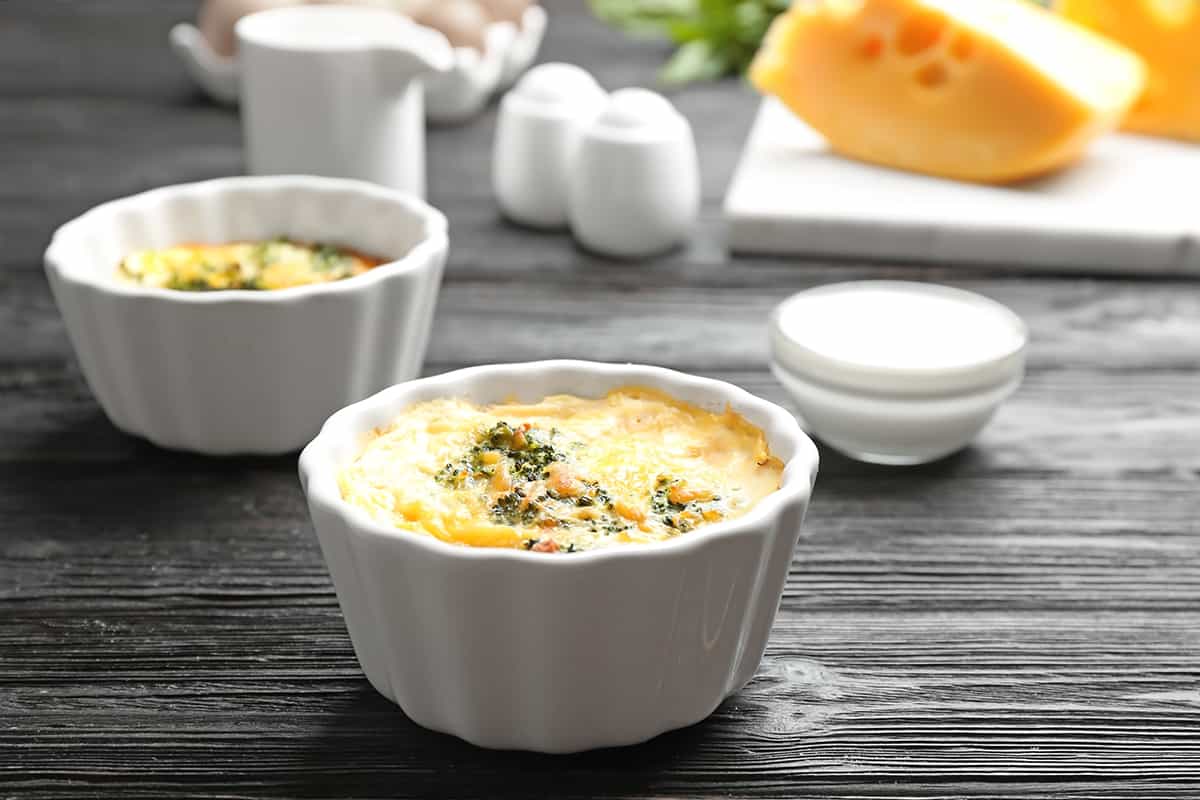
While most ceramic, stoneware, and porcelain dishes are indeed safe for the oven, there are some things you should keep in mind. First of all, if you buy a set of ramekins that aren’t specifically designed for oven use, they may not be safe for use in the oven at all.
It’s a good idea to double-check and make sure the manufacturer specifies that your ramekins are oven-safe before using them for cooking anything inside an oven or microwave.
What to look for in a ramekin
Size
A single person’s meal: A 4-ounce ramekin is ideal for individual servings of cheese and crackers, pudding cups, or cake bites. For desserts that require more liquid than this size can hold, try using two 2-ounce ramekins instead. This will give you double the capacity without making an overly large serving!
Main course at a dinner party: An 8-ounce ramekin works well for many soups and stews; however, larger portions may need multiple dishes or serving spoons to get all the food onto one person’s plate at once (this can save time during cleanup after guests have left).
If there will be many guests at your dinner party, then consider purchasing larger sizes such as 12-ounce containers instead — they’ll fit nicely into most ovens!
Read also: Common Ramekin Sizes
Material
Your ramekin should be made of food-safe materials that can tolerate high temperatures and harsh detergents, like stainless steel or glass (don’t worry—we’ll get into why these are better than plastic below). If you want something with more heft and durability, ceramic is an excellent option—it’s reliable and nonporous, so it won’t absorb flavors or odors.
Ease of cleaning
Do you want to be able to toss it in the dishwasher? If so, look for a ramekin that is dishwasher safe.
Is it easy to rinse and wipe clean? Some materials are easier to keep clean than others. For example, ceramic and glass are naturally non-reactive (and can be microwaved).
The silicone used on some bakeware is stain resistant and easy to wipe clean if any food spills on it while baking. Ceramic cookware made from stoneware clay is very durable but porous and prone to scratching—so make sure you get a solid piece that won’t chip or break easily before buying!
Conclusion
We hope this article has helped you in your quest to find the right ramekins for your kitchen and cooking needs. We’ve covered everything from what they are made of to how much heat they can withstand, as well as how to use and protect them.
